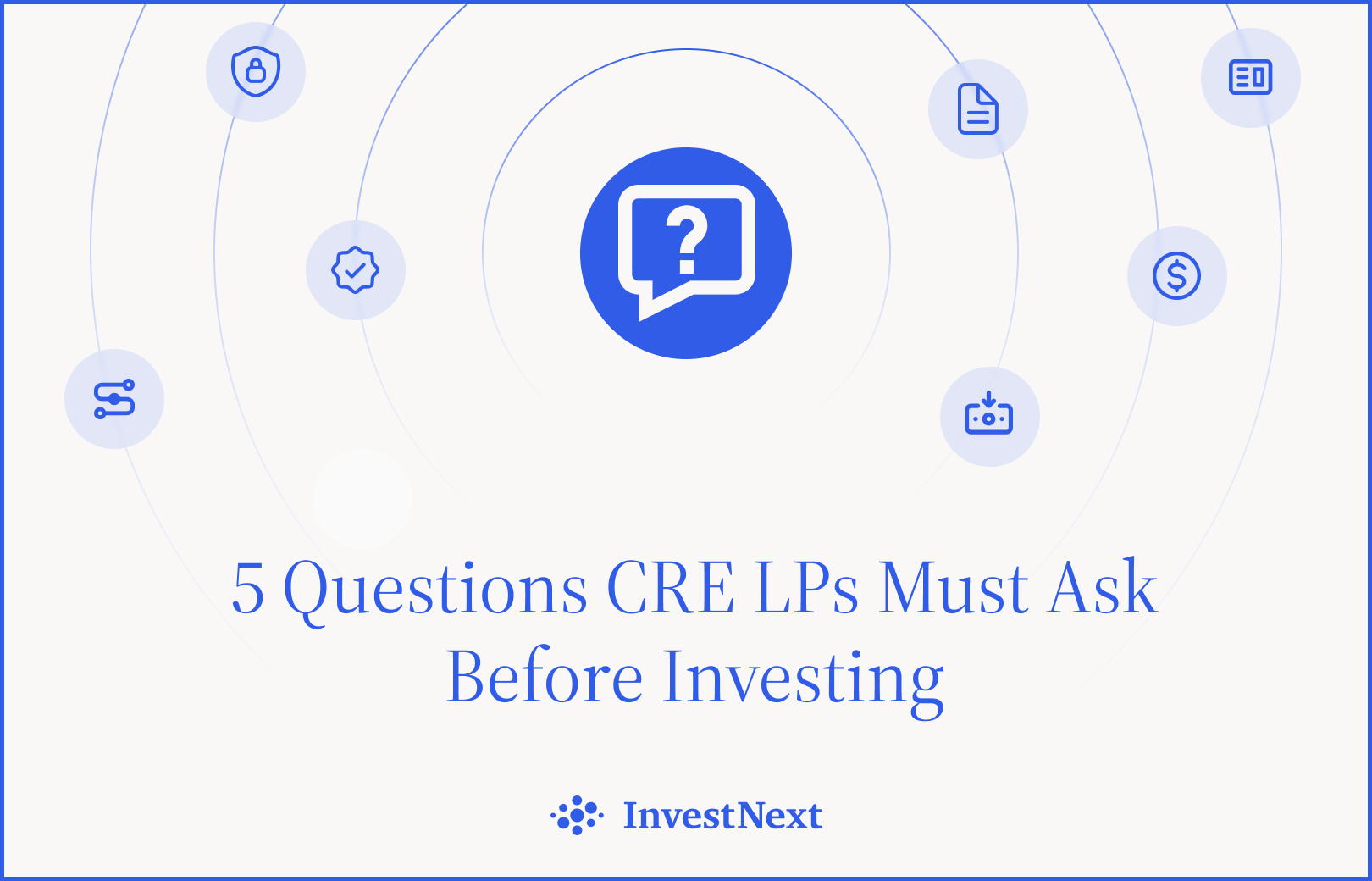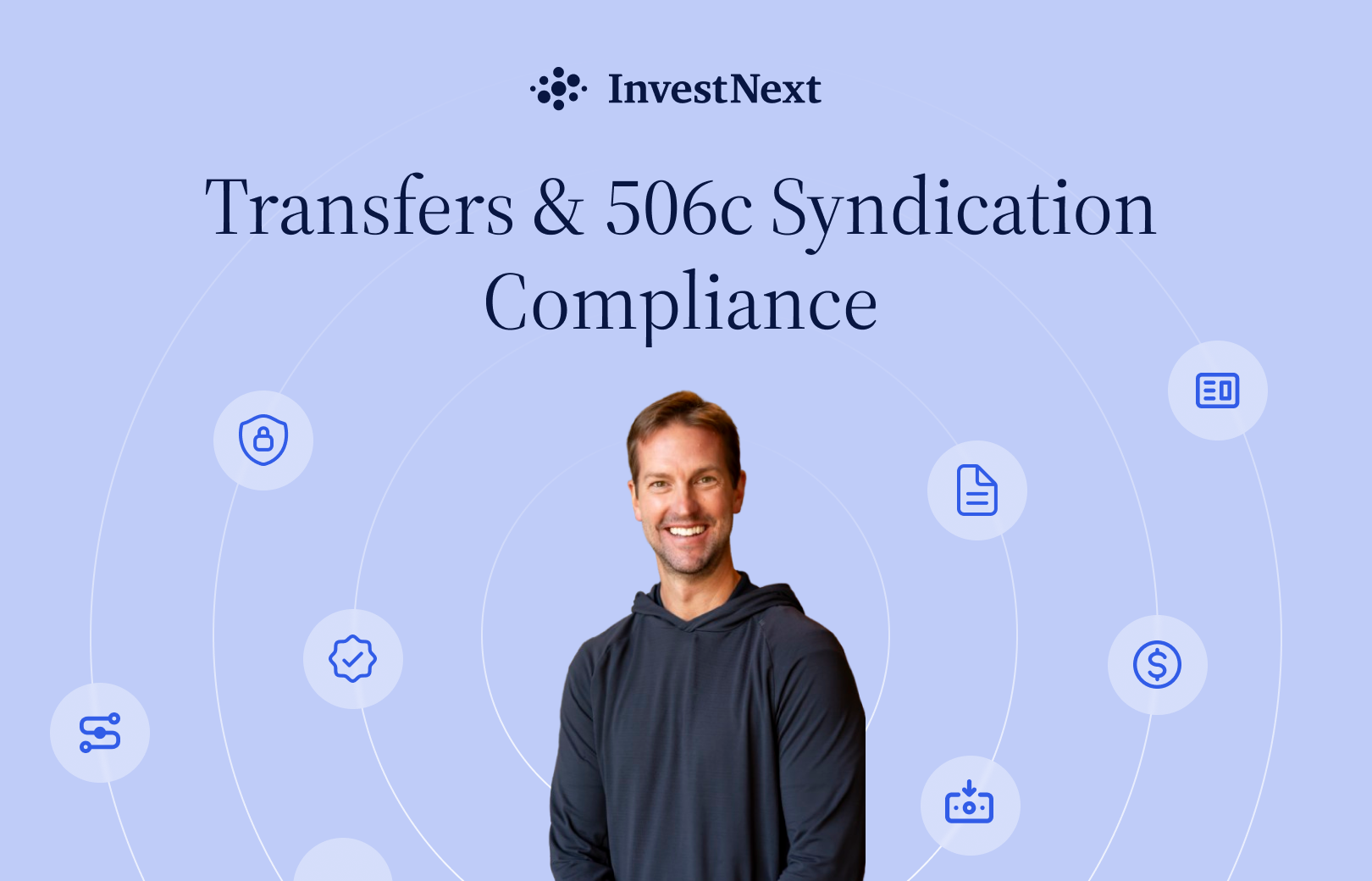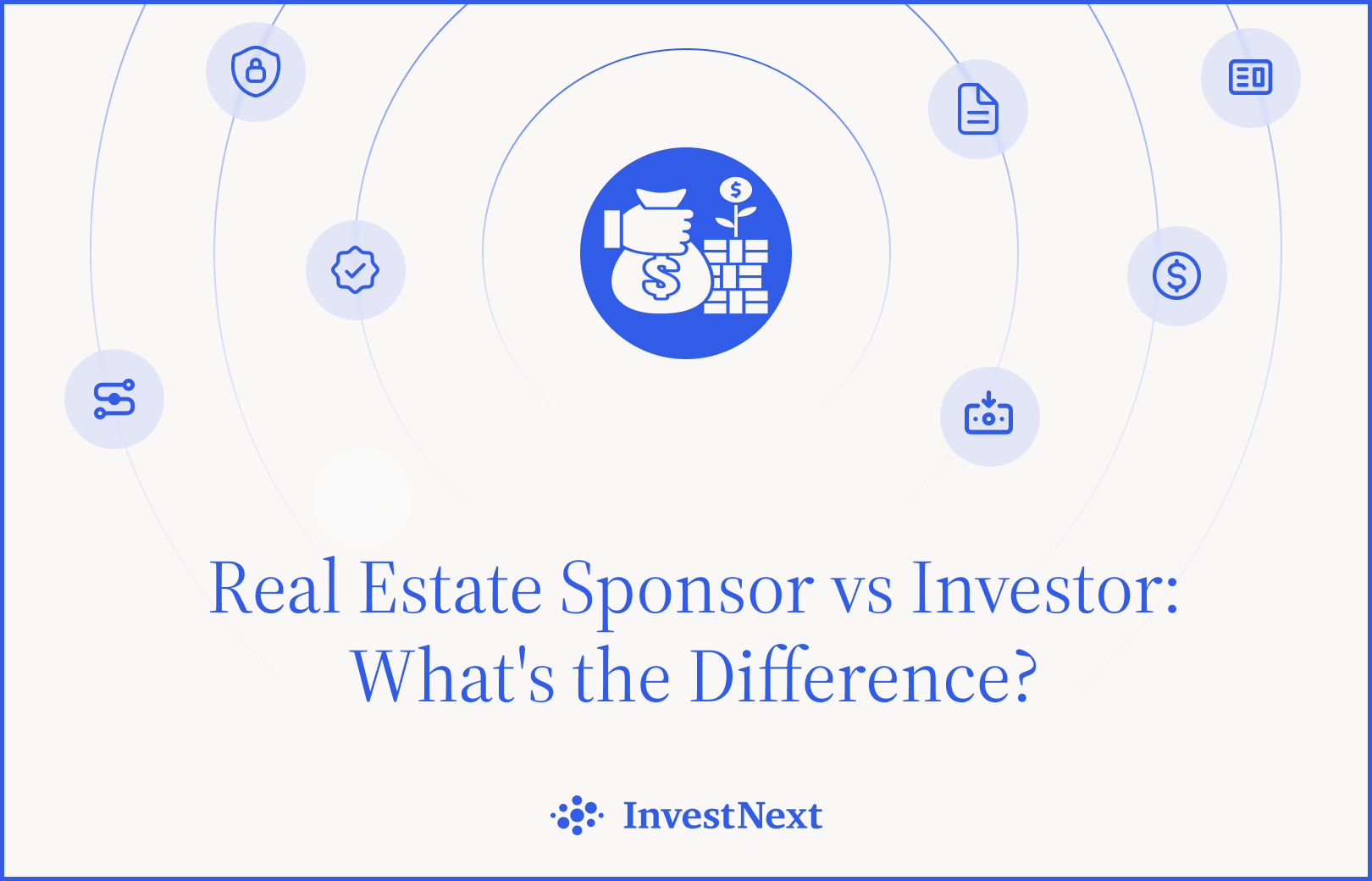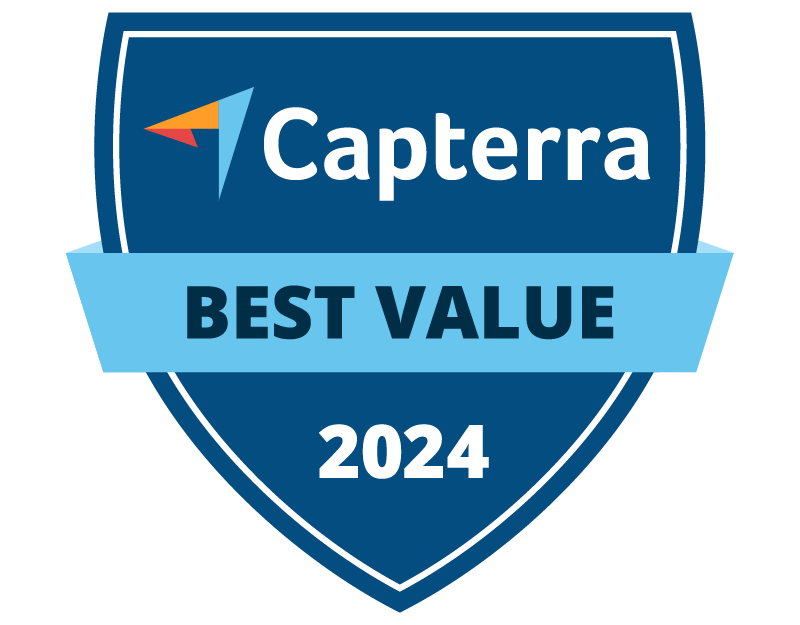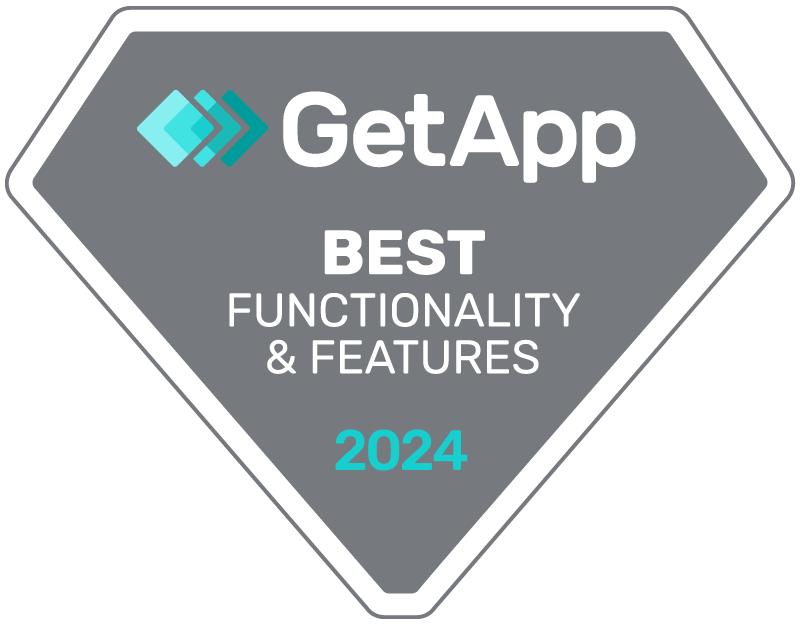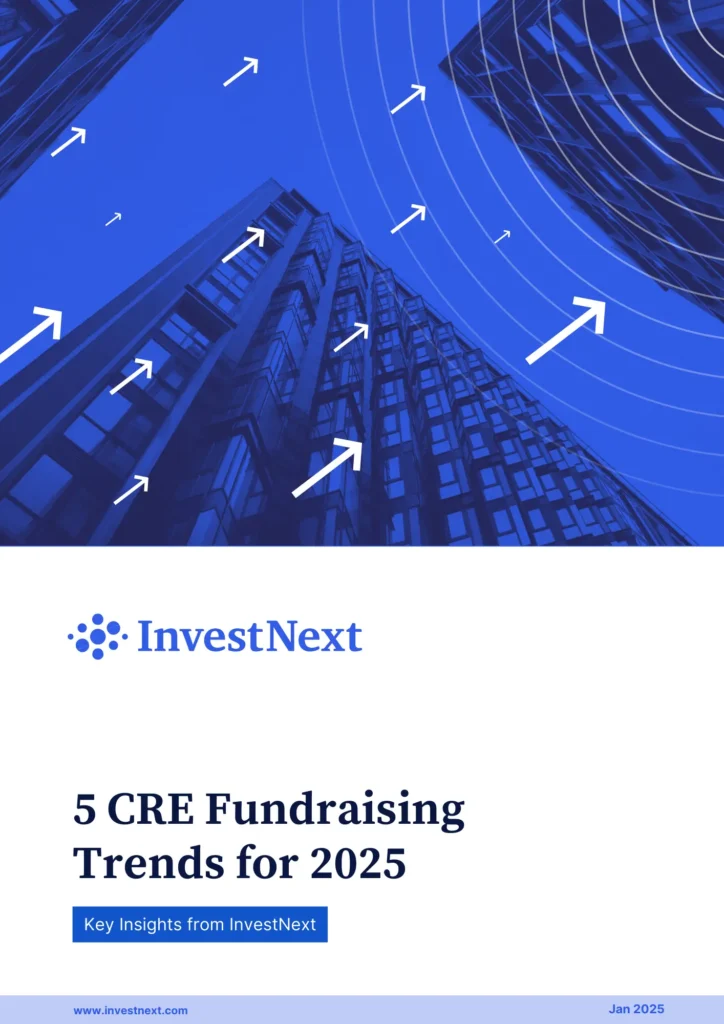Key Takeaways:
- Markets with robust transparency attract 80% of global real estate investment, totaling $1.2 trillion
- True transparency requires both organizational commitment and purpose-built technology
- Your GP’s operational infrastructure directly impacts your capital security and returns
- Experienced LPs evaluate transparency through targeted questions about systems and processes
What Is Transparency in Commercial Real Estate Investment?
The term “transparency” appears in virtually every investment deck and marketing material in real estate, yet meaningful implementation varies dramatically across the industry. For investors placing capital in private real estate, genuine transparency has precise dimensions that directly impact both returns and security.
True transparency extends well beyond quarterly update emails with selective performance highlights. It encompasses comprehensive visibility into capital management, decision-making frameworks, and return calculations. According to the Global Real Estate Transparency Index, markets with higher transparency scores consistently attract greater investment volumes because investors receive reliable, actionable market intelligence.
Transparency in investment partnerships can be measured across five critical dimensions:
- Information accessibility – Comprehensive data available without barriers
- Procedural clarity – Precise understanding of distribution calculations and timing
- Decision visibility – Timely notification about material developments affecting investments
- Document organization – Efficient retrieval of essential information when needed
- Technological infrastructure – Professional-grade systems protecting investor data
In our previous articles examining warning signs when evaluating managers and essential pre-investment questions, we established how transparency forms the foundation of successful partnerships. Now we’ll explore how transparency measurably influences investment outcomes and what constitutes industry-leading practices.
Transparent Markets Attract Significantly More Capital
The relationship between transparency and capital flow is unequivocal. JLL’s research demonstrates that the top transparent markets capture 75% of global direct real estate investment. This concentration reflects investor preference for environments where decisions proceed based on reliable information.
With the Burns + CRE Daily Fear and Greed Index registering 56 out of 100 in April 2025, market sentiment shows cautious optimism. Yet even in this environment, capital continues to concentrate overwhelmingly in markets offering superior transparency.
The leading markets—with the United States among the top three—have established environments where investors receive reliable information regarding:
- Historical property performance metrics
- Transaction methodologies and expense structures
- Fundamental market indicators
- Regulatory frameworks and compliance requirements
- Operational performance metrics
This visibility directly influences risk assessment. Markets demonstrating higher transparency consistently show lower yield requirements, reflecting reduced risk premiums when investors receive comprehensive performance data and clear decision-making frameworks.
As research from ConnectCRE notes, “And with the lowest risk and highest levels of transparency around demand and pricing dynamics…they are positioned to lead the cyclical recovery in liquidity as capital markets activity increases.”
Modern Technology Redefines What “Transparent” Means
The technological evolution in investment management has transformed what constitutes acceptable transparency. What worked a decade ago falls significantly short of current investor expectations.
Today’s investors require digital-first access to investment information:
- Real-time performance data visualization
- Transparent calculation methodologies for distributions
- Centralized document repositories with 24/7 accessibility
- Timely updates regarding material developments
- Comprehensive transaction histories with proper documentation
This technological shift goes beyond convenience—it represents a fundamental change in risk evaluation. Investment managers using purpose-built platforms demonstrate organizational discipline that increases investor confidence.
Jack Martin of 52TEN experienced this evolution personally as his firm grew: “When I did it all myself, we only had 20 investors. Now we have over 200.” By implementing professional-grade systems, his organization expanded investor relationships tenfold while maintaining service quality.
The impact goes far beyond operations. As Jack explains, “That freedom of time allows me to be more attentive to our LPs. The benefit to [my investors] is better data, better timing, and better sleep.”
Manual Processes Put Your Capital at Risk
Investment managers relying on spreadsheets and email for fund administration introduce substantial risk to your capital.
Distribution calculations grow exponentially more complex as investor numbers increase. Formula errors in spreadsheets remain undetected until they compound across multiple distribution cycles. Each manual step introduces potential errors that may lead to distribution inaccuracies.
Document management faces similar problems. Without proper systems, critical investment documentation becomes fragmented across various communication channels. Tax documents may be misrouted, operating agreements become difficult to locate during time-sensitive situations, and critical correspondence lacks proper archiving.
Casey Klauser at Cedar Creek Capital describes the practical implications: “Gathering accreditation documents manually took 2-3 weeks. I’m sure we lost investors because of the time it took.”
In our “Green Lights & Red Flags” analysis, we identified manual operational processes as a significant warning indicator when evaluating investment managers. System deficiencies not only create inefficiencies but introduce material risks to investor capital.
According to Chatham Financial, “When consistency in industry practice or across different GPs does not clearly exist, LPs want better and more robust disclosures of what was done and how it was done.”
Ask These Questions Before You Invest
Distinguishing between managers who discuss transparency versus those who implement it requires targeted questioning during due diligence. Based on extensive experience with institutional investors, these inquiries effectively evaluate transparency commitment:
Track Record Assessment:
- “Please provide your complete deal history, including underperforming investments.”
- “What specific adjustments did your team implement during the 2022 rate increases?”
- “How have actual returns compared to original projections across your portfolio?”
Operational Evaluation:
- “Please demonstrate your distribution calculation methodology.”
- “What is your process and timeline for tax document preparation?”
- “May I see how investors access information in your reporting system?”
Compliance Framework:
- “What verification methodology do you employ for investor accreditation?”
- “How does your system track regulatory document expirations?”
- “What preparations have you made for the upcoming December 2025 FinCEN requirements?”
Communication Protocols:
- “What regular reporting do investors receive through your platform?”
- “What triggers investor notification about material developments?”
- “Please provide an example of how you communicated a recent challenge to investors.”
Burns + CRE Daily research indicates 64% of commercial real estate investors currently maintain existing positions due to market uncertainty. In this environment, managers unable to provide systematic, documented answers to these questions face increasing challenges in capital formation.
Leading GPs Use Transparency to Win in the Market
For general partners, transparency implementation has evolved from regulatory requirement to meaningful competitive advantage in capital formation.
As RE-meter research explains, “As data transparency brings more information to the marketplace, the roles of CRE professionals are changing from one of data provider to strategic adviser.”
We see this transformation among our most successful clients. Natalia Linchenko of TAG SLC describes the technological impact on her operation: “My positive experience was anchored in its user-friendly interface, robust distribution capabilities, cost-effectiveness, and exceptional support.”
Investment managers implementing robust transparency frameworks realize substantial operational advantages:
- Accelerated capital formation – Comprehensive information facilitates investor decision-making
- Enhanced investor retention – Transparency establishes relationship durability beyond short-term performance
- Operational efficiency – Automation eliminates low-value administrative functions
- Regulatory resilience – Systematic documentation provides protection against regulatory inquiries
- Relationship expansion – Exceptional transparency generates investor referrals
Mike Williams, VP Investor Relations at Open Door Capital, quantifies this impact: “Before switching to InvestNext, the distribution process alone used to take 3 team members. Now it takes 1, and it’s only a few clicks.”
For 52TEN, the efficiency gains translate to substantial financial advantages as well. By partnering with InvestNext rather than building an internal back office, they avoided approximately $1,080,000 in costs over three years – resources redirected toward growth initiatives and investor relationships.
Take Action: Building Trust Through Systems
The evolution of transparency in investment relationships creates clear imperatives for both capital allocators and managers.
For limited partners, this necessitates partnering with investment managers demonstrating transparency through organizational culture and technological infrastructure. Market evidence consistently shows transparent managers delivering superior results with reduced volatility. If existing investment relationships lack appropriate transparency, consider initiating conversations about system enhancements.
For general partners, implementing comprehensive transparency represents a strategic opportunity rather than merely a compliance requirement. Investing in purpose-built systems that enable true transparency accelerates capital formation, improves investor satisfaction, and positions organizations for sustainable growth.
As Jack Martin from 52TEN puts it: “You either have to just settle for less business, stop building a business, or build it to scale. And what we have with [InvestNext] allows us to build it to scale.”
Whether evaluating potential investments or enhancing existing investor communication, implementing transparency through the optimal investment management platform represents the foundation of successful modern investment partnerships.
Frequently Asked Questions
How can investors effectively evaluate a manager’s transparency infrastructure? Request demonstration access to their investor portal, review sample distribution statements, and inquire about their communication protocols for both routine and challenging situations.
What regulatory changes are approaching in 2025? FinCEN’s December 2025 framework will implement expanded reporting requirements for real estate transactions, including enhanced beneficial ownership verification and documentation requirements.
What is the concept of transparency? Transparency in business refers to being open and honest about operations, finances, and decision-making processes. It requires disclosure of all relevant information so that stakeholders can make informed decisions.
What’s the difference between trust and transparency? While transparency is about sharing information openly, trust is the belief in someone’s reliability and integrity. Transparency builds trust, but trust can exist without complete transparency based on proven reliability over time.
What are the three types of transparency? Transparency can be classified into three degrees: opaqueness (no information shared), translucency (partial information disclosed), and clarity (complete and accessible information provided).


